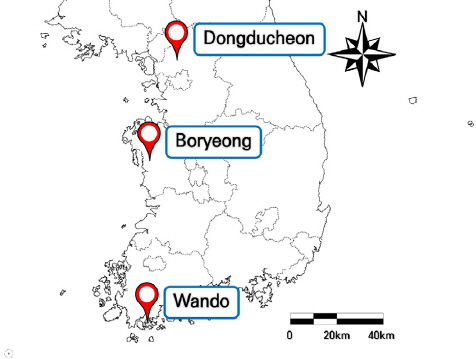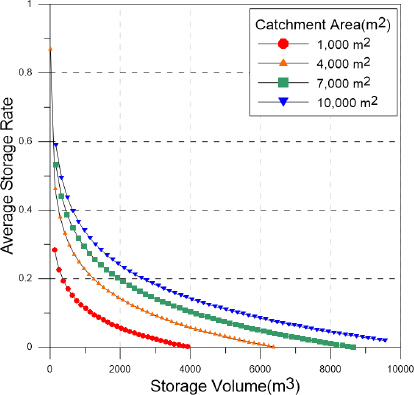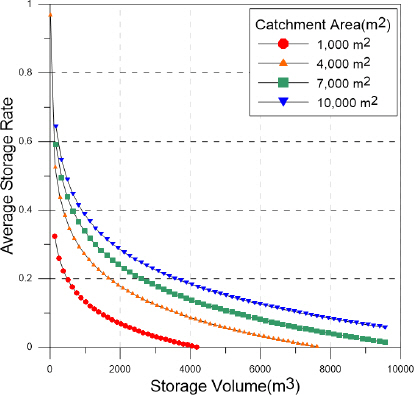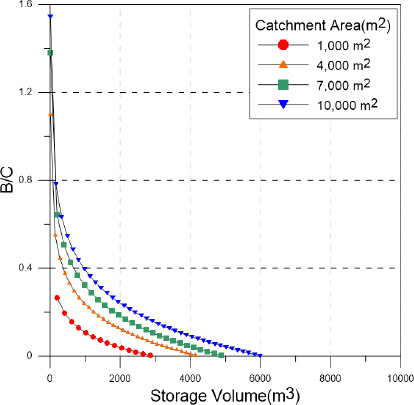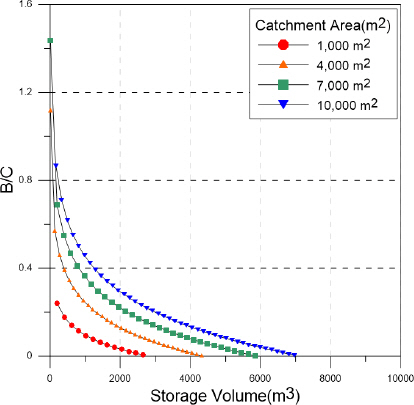1. Choe, S.J, Gang, S.G, and Lee, D.R (2022) Domestic water balance analysis examples and improvement measures. Water for Future, Vol. 55, No. 1, pp. 15-24.
2. Gwon, Y.H, Son, K.H, Lee, K.D, and Choi, G.W (2020) Development and utility evaluation of a multi-composite water balance model.
Journal of Korean Society of Hazard Mitigation, Vol. 20, No. 2, pp. 239-250.


3. Gyeongssangnamdo Office of Education (GNE) (2022) Tree management manual.
4. Joo, H.J, Lee, T.W, Kim, J.W, Kim, D.H, and Kim, S.J (2018) Study on optimum priority of flood control projects using the maximized economic curve.
Journal of Korean Society of Hazard Mitigation, Vol. 18, No. 7, pp. 403-415.


5. Kang, T.U, Jin, Y.K, and Lee, S.H (2022) A design method for storage capacity of rainwater harvesting considering economic effectiveness.
Journal of The Korean Society of Hazard Mitigation, Vol. 22, No. 5, pp. 59-67.


6. Kim, D.J, Ham, D.H, Choi, J.S, Lee, J.M, and Lee, J.H (2020) Analysis on cost-benefit of rainwater storage facility through water balance analysis.
Journal of Korean Society of Hazard Mitigation, Vol. 20, No. 6, pp. 361-367.


7. Kim, J.E, Teh, E.X, Humphrey, D, and Hofman, J (2021) Optimal storage sizing for indoor arena rainwater harvesting:Hydraulic simulation and economic assessment.
Journal of Environmental Management, Vol. 280, pp. 111847.


8. Kim, K.Y, Park, H.J, and Kim, T.I (2014) Evaluation of stored rainwater quality and economic efficiency at yangdo elementary rainwater harvesting system.
Journal of Korean Society of Environmental Engineers, Vol. 36, No. 5, pp. 333-341.

9. Korea Occupational Safety and Health Agency (KOSHA) (2022) Guidelines for preventing heat-related diseases such as heat stroke.
10. Korea Research Institute for Local Administraion (KRILA) (2016) Economic analysis guidelines for the feasibility study of local financial investment projects.
11. Ministry of Environment (ME) (2016) Operational guidelines for biotope area ratio.
12. Ministry of Environment (ME) (2020) A study on the evaluation and strengthening of urban climate elasticity.
13. Ministry of Environment (ME) (2021) Method of calculating the amount of sewage generated by the purpose of the building and the number of people subject to treatment of the septic tank.
14. Ministry of Environment (ME) (2022a) Design guidelines for water reuse facilities.
15. Ministry of Environment (ME) (2022b) A study on the revision of guidelines for design and maintenance of water reuse facilities.
16. Ministry of Land Infrastructure and Transport (MOLIT) (2016) National water plan (2001-2020).
17. Muhirirwe, S.C, Kisakye, V, and Van der Bruggen, B (2022) Reliability and economic assessment of rainwater harvesting systems for dairy production.
Resources, Conservation &Recycling Advances, Vol. 14, pp. 200079.

18. Mun, J.S, and Han, M.Y (2009) An economical analysis of the rainwater harvesting (RWH) system at the s residential and commercial complex. Journal of the Architectural Institute of Korea, Vol. 25, No. 12, pp. 173-181.
19. Mun, J.S, Kim, H.N, Park, J.B, Lee, J.H, and Kim, R.H (2012) Evaluation of tank capacity of rainwater harvesting system to secure economic feasibility and sensitivity analysis.
Journal of the Korean Society of Water and Wastewater, Vol. 26, No. 2, pp. 191-199.

20. National Drought Information Statistics (NDIS) (2023). 2021 national drought information statistics. Joint Ministries.
21. National Institute of Meteorological Sciences (NIMS) (2018) 100 years of climate change on the Korean Peninsula.
22. Preeti, P, and Rahman, A (2021) A case study on reliability, water demand and economic analysis of rainwater harvesting in Australian capital cities.
Water, Vol. 13, No. 19, pp. 2606.

23. Rural Development Administration (RDA) (2023) Management of orchard soil.
24. Sim, I.K, Kim, R.H, Lee, J.M, and Park, J.P (2022) Quantitative effect analysis of rainwater harvesting system based on water balance analysis.
Journal of Korean Society of Hazard Mitigation, Vol. 22, No. 6, pp. 395-407.






